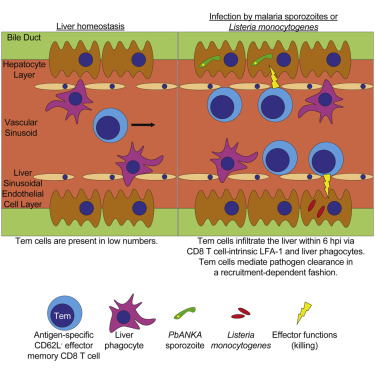Evolutionary genomics of APSE: a tailed phage that lysogenically converts the bacterium Hamiltonella defensa into a heritable protective symbiont of aphids
Background: Most phages infect free-living bacteria but a few have been identified that infect heritable symbionts of insects or other eukaryotes. Heritable symbionts are usually specialized and isolated from other bacteria with little known about the origins of associated phages. Hamiltonella defensa is a heritable bacterial symbiont of aphids that is usually infected by a tailed, double-stranded DNA phage named APSE.
Methods: We conducted comparative genomic and phylogenetic studies to determine how APSE is related to other phages and prophages.
Results: Each APSE genome was organized into four modules and two predicted functional units. Gene content and order were near-fully conserved in modules 1 and 2, which encode predicted DNA metabolism genes, and module 4, which encodes predicted virion assembly genes. Gene content of module 3, which contains predicted toxin, holin and lysozyme genes differed among haplotypes. Comparisons to other sequenced phages suggested APSE genomes are mosaics with modules 1 and 2 sharing similarities with Bordetella-Bcep-Xylostella fastidiosa-like podoviruses, module 4 sharing similarities with P22-like podoviruses, and module 3 sharing no similarities with known phages. Comparisons to other sequenced bacterial genomes identified APSE-like elements in other heritable insect symbionts (Arsenophonus spp.) and enteric bacteria in the family Morganellaceae.
Conclusions: APSEs are most closely related to phage elements in the genus Arsenophonus and other bacteria in the Morganellaceae.
Bret M Boyd, Germain Chevignon, Vilas Patel, Kerry M Oliver, Michael R Strand. Virol J. 2021 Nov 10;18(1):219. doi: 10.1186/s12985-021-01685-y.










